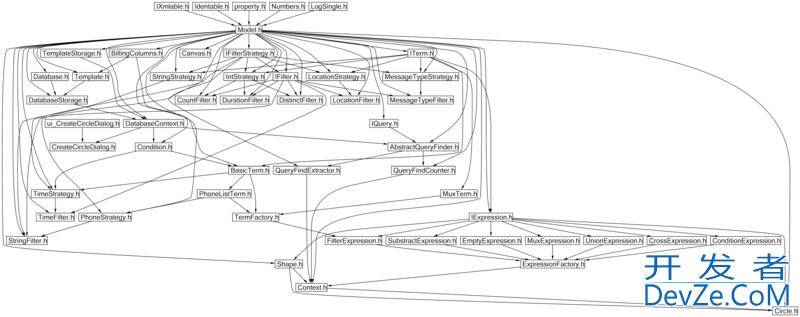I had set MSP430F5418 P2.5 for high to low transition. But I am getting interrupts for both low-to-high and high-to-low transitions. Please my code snippet below.
P2OUT |= BIT5 /* Enable P2.5 internal resistances */
P2REN |= BIT5 /* Set up P2.5 as pull-Up resistances */
P2IES |= BIT5;
P2IE |= BIT5;
P2IFG &= ~BIT5; /* P2.5 IFG cleared */
#pragma vector=PORT2_VECTOR
__interrupt void port2_interrupt (void)
{
switch (P2IV)
开发者_开发知识库 {
case 0x0CU:
{
/* Do something here */
P2IFG &= ~BIT5;
break;
}
default:
{
/* No Action */
break;
}
}
}
Hans, I am not using a switch to assert the pin. It is actually done by another processor. I got a reply In TI (Texas instruments) forum that there could be a hidden high-to-low signal within a low-to-high transition and vice versa.
So, I modified my code as follows and it worked fine.
...
P2OUT |= BIT5 ; /* Enable P2.5 internal resistance */
P2REN |= BIT5; /* Set up P2.5 as pull-up resistance */
P2IES |= BIT5; /* Sets P2IFG for high to low transition */
P2IE |= BIT5; /* P2.5 interrupt enabled */
P2IFG &= ~BIT5; /* P2.5 IFG cleared */
...
#pragma vector=PORT2_VECTOR
__interrupt void port2_isr (void)
{
switch (P2IV)
{
case 0x0CU:
{
TA1CCTL0 &= ~CCIE;
TA1CCR0 = 0U;
TA1CCTL0 |= CCIE;
TA1CCTL0 &= ~CCIFG;
TA1CCR0 = TA1R + 15U;
P2IFG &= ~BIT5;
break;
}
...
...
}
}
#pragma vector = TIMER1_A0_VECTOR /* Timer1_A3 CC0 */
static __interrupt void _timer1_ao_isr (void)
{
TA1CCTL0 &= ~CCIE;
if ((P2IN & BIT5) == 0U)
{
// Got a valid high-to-low assert here!!!
}
}
Not actually an answer, just a suggestion, rename your variables to something more meaningful, two months from now you won't remember that BIT5 is the pin that you check for a high-to-low transition. You can use a define to rename BIT5 to say, HIGH_TO_LOW_PIN. You can do the same thing with the timer setup, refactor it to something more meaningful.




![Interactive visualization of a graph in python [closed]](https://www.devze.com/res/2023/04-10/09/92d32fe8c0d22fb96bd6f6e8b7d1f457.gif)



 加载中,请稍侯......
加载中,请稍侯......
精彩评论